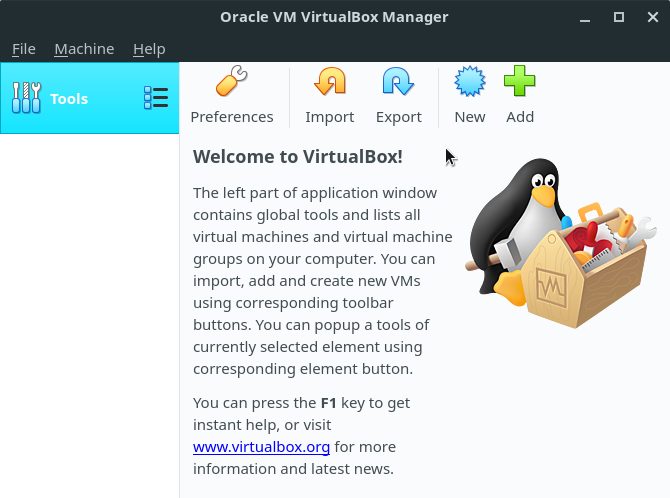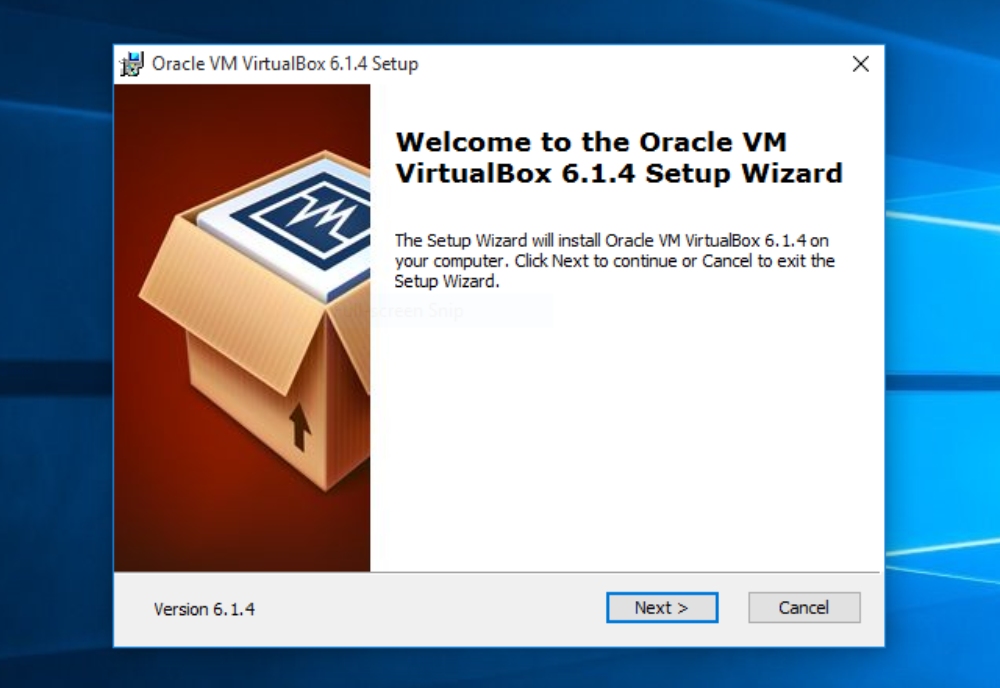

That means I often need to manually re-enter commands on the guest OS rather than copy and paste from the host. By default, the clipboard is not shared between the host and the guest systems. I administer the FreeBSD guest extensively from its virtual system console running on the Linux host. Select Bridged Adapter in the Attached to dropdown menu.Open the VirtualBox Manager, and click Settings.The procedure is below (the VM does not have to be powered off for you to change networking). To make that possible, I need to bridge the host network and the guest. Practically, it means that I cannot ssh to the guest OS from anywhere in my host network.

For example, my FreeBSD guest has a 10.0.0.2 IP address while my Linux host has a 192.168.1.49IP address. Consequently, the FreeBSD guest is on a different subnet than the host. Bridge Host & Guest Networksīy default, the virtual machine is NATed (not bridged) to your host network. Before it begins installation, you will be prompted to accept the software license, and to enter the administrative password. Then, select Extensions in the side panel.Ĭlick the + icon to specify the location of the extension pack file (Oracle_VM_VirtualBox_Extension_Pack-5.2.4-119785.vbox-extpack).Īt the end, click Install. In other words, when you upgrade your base, you should also upgrade the extension pack.įrom the File menu, click Preferences. However, you should use the same version for both the base and extension pack. The package is universal for all host and guest OSes.

The extension pack is available from the VirtualBox website.

Specifically, the VirtualBox Extension Pack Personal Use and Evaluation License (PUEL) "is a free license for personal, educational or evaluation use." For commercial use, you do have to pay a fee to Oracle. Note that the extension pack operates under a much stricter license than the GPLv2 of the base VirtualBox package. To obtain those functionalities, you need to download and install the VirtualBox extension pack. The base VirtualBox package is missing some important functionalities: support for virtual USB 2.0 and 3.0 devices, host webcam passthrough, Intel PXE boot, and disk image encryption. The upcoming part 3 deals specifically with accessing USB flash drives from the guest OS. Part 2 addresses things that you should do after installing VirtualBox. Part 1 focuses on the installation of VirtualBox and the guest OS (FreeBSD). This post is part 2 of the 3-part series on creating a virtual machine using VirtualBox hosted on a Debian machine.


 0 kommentar(er)
0 kommentar(er)
